Historical Highlights
Significant Events In and Around Kershaw County

1768
Camden Is Born
1774
Camden’s Little Declaration
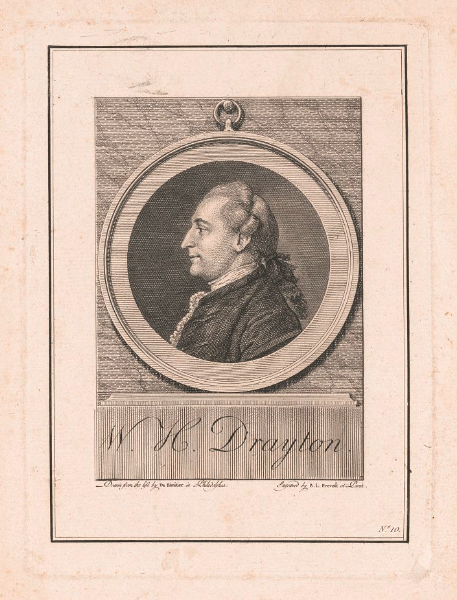
December 1775
The Snow Campaign
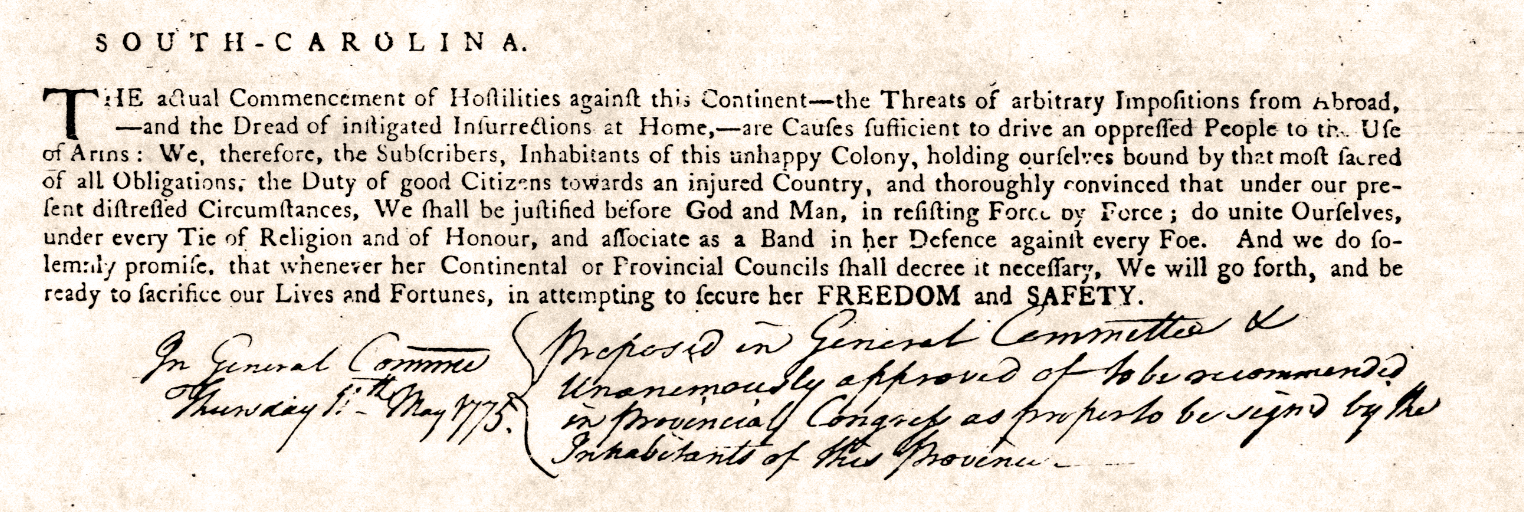
June 1, 1780
Occupation of Camden Begins
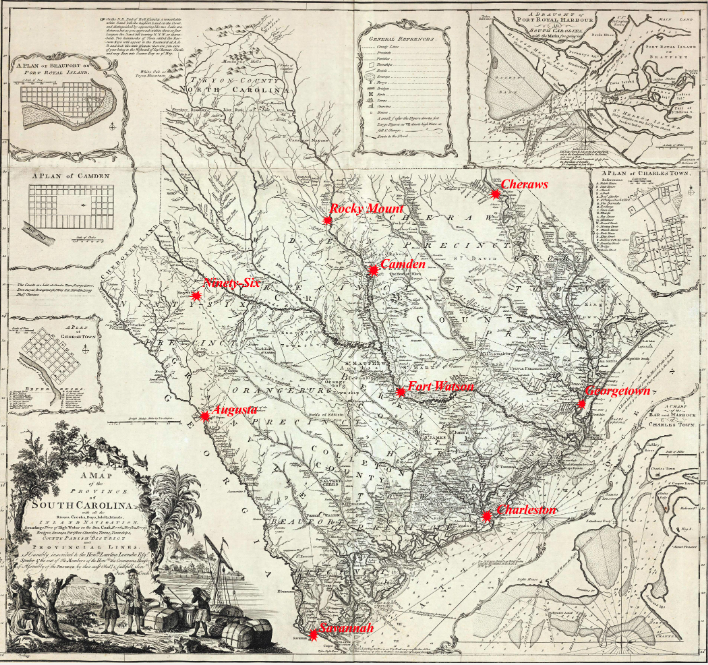
July – August 1780
Battles in Kershaw County
Several battles took place in the County. On July 20, Wm. Richardson Davie and his NC patriots captured a British supply column at Flat Rock about 5 miles south from Hanging Rock. He was later attacked by Loyalists at Beaver Creek Ford just east of present day Liberty Hill. On August 11, Rawdon and his men attempted to attack a patriot force northwest of Bethune but was unsuccessful. On August 15, Thomas Sumter’s forces surprised a British garrison at Carey’s Fort outside Camden.

August 16, 1780
Battle of Camden
General Horatio Gates American army of Continentals and militia faced General Charles, Lord Cornwallis’s British army about 8 miles north of Camden. This battle was the Patriot’s worst defeat of the American Revolution. Within three months, two American armies had been killed or captured by the British Army.
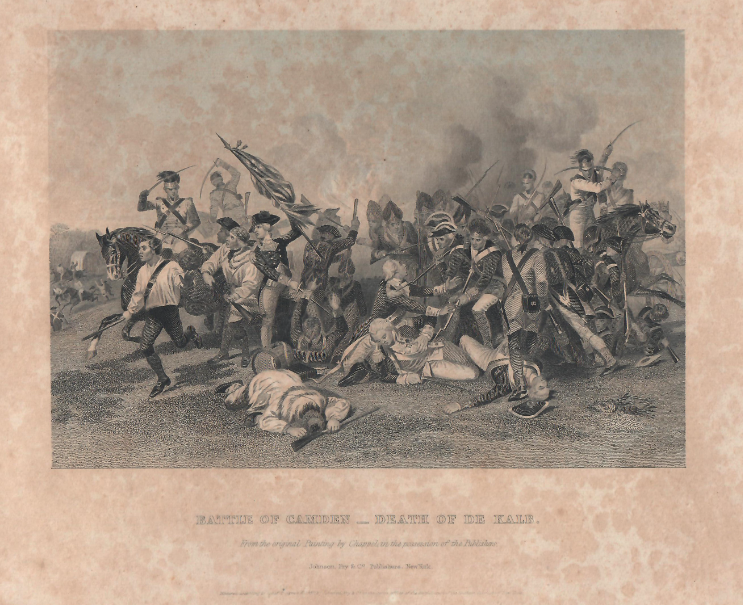
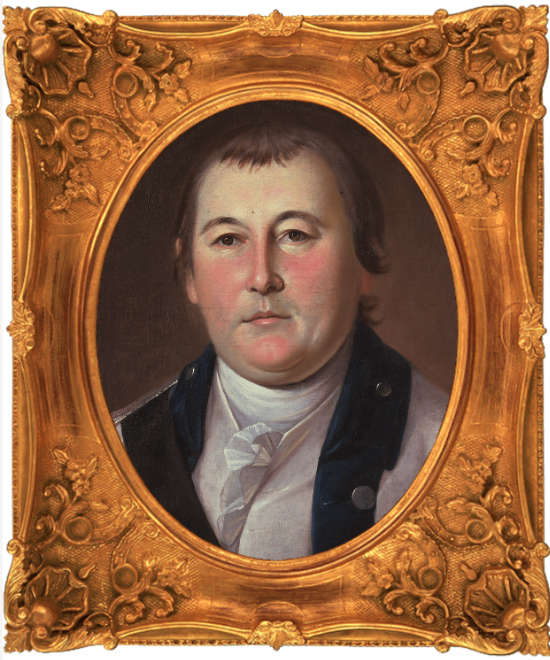
Dec. 1, 1780
Battle of Rugeley’s Mill
April 25, 1781
Battle of Hobkirk’s Hill
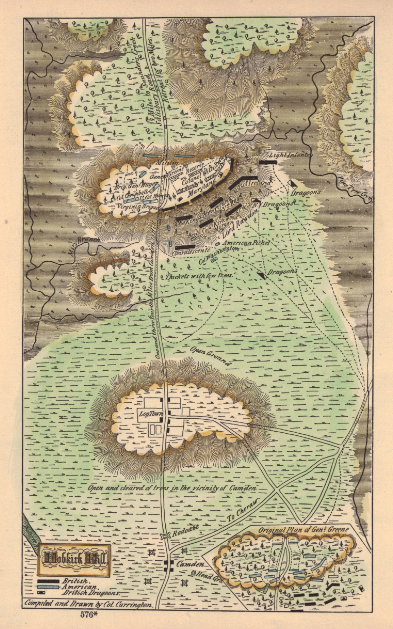
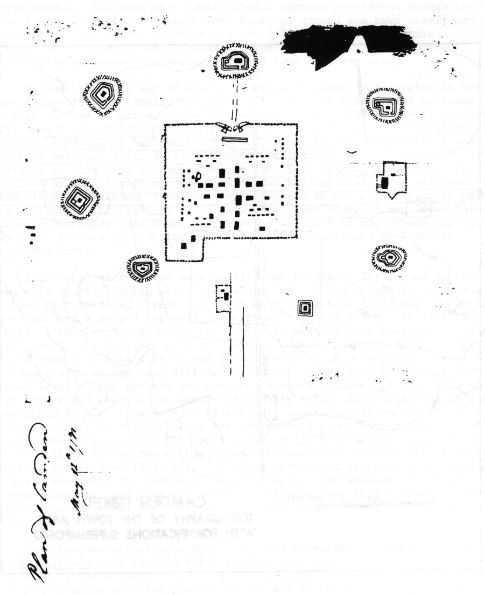
May 10, 1781
British Evacuate Camden
With his supply lines severed by partisans and Continentals under Gen. Francis Marion, Col. Henry Lee, and Gen. Thomas Sumter, and General Greene’s army still a threat, Rawdon determined that his only course of action was to retreat from Camden. The British burned the town and retreated to Charleston.
